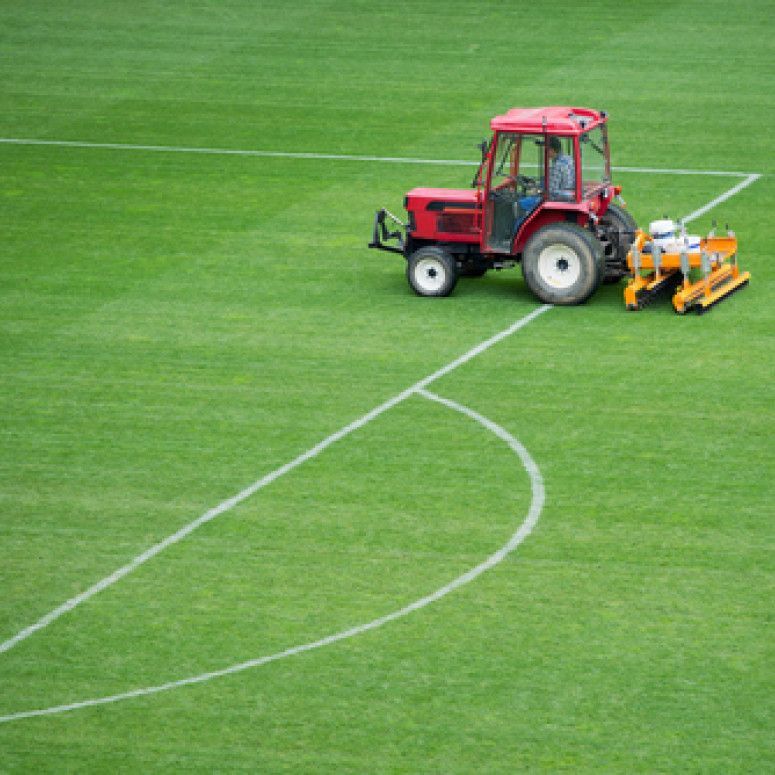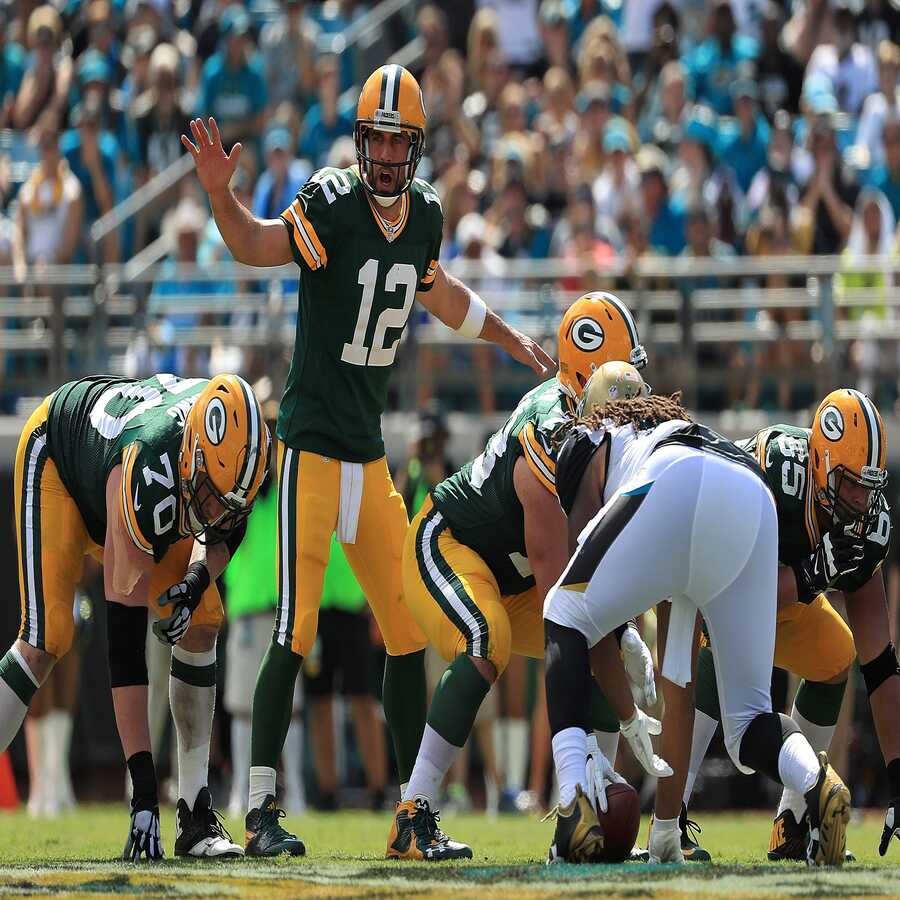I. Introduction
What is the difference between rugby and football?
A. Rugby and football are two popular and beloved sports around the world. Despite these similarities, there are significant differences between the two sports that are important to understand.
B. Understanding the differences between rugby and football is crucial for fans, players, and coaches alike. It allows for a deeper appreciation of the nuances of each sport, helps to avoid confusion when watching or playing the games, and can even inform strategy and tactics for those involved in either sport.
II. Game Rules and Objectives
A. Rugby:
- Rugby is a full-contact sport with two teams of 15 players each. The objective of the game is to score points by carrying, passing, and kicking the ball into the opposing team’s in-goal area, or by kicking it between the uprights and over the crossbar. Players can run with the ball, but can only pass it laterally or backward. Tackling is a fundamental aspect of the game, where players must bring their opponents to the ground to stop their progress.
- The primary objective of a rugby match is to outscore the opponent by scoring tries, which are worth five points, or through penalty goals, drop goals, and conversion kicks. Rugby matches are typically 80 minutes long, divided into two 40-minute halves, and can end in a draw, though extra time may be played in knockout competitions.
B. Football:
- Football is a non-contact sport played with two teams of 11 players each. The primary objective of the game is to score goals by kicking the ball into the opposing team’s net. Players cannot use their hands or arms to touch the ball, except for the goalkeeper within their own penalty area.
- The main objective of a football match is to outscore the opponent by scoring goals, which are worth one point each. A standard football match consists of two 45-minute halves, for a total of 90 minutes, and can also end in a draw, though extra time and penalty shootouts may be used to determine a winner in knockout competitions.
III. Playing Field and Equipment
A. Rugby:
- The rugby playing field, commonly referred to as a “pitch,” is a large grassy area with specific dimensions. It is rectangular in shape, with a maximum length of 100 meters and a maximum width of 70 meters. The field has two halves by a halfway line and features a try line at each end. With an in-goal area behind it. There are also various markings on the field, such as the 22-meter line and the goal line, which serve specific purposes during the game.
- Essential equipment for playing rugby includes a rugby ball and rugby posts for scoring goals. Players are required to wear a specific uniform, including a jersey or shirt, shorts, and socks, as well as rugby boots with studs for traction on the grass. Additionally, protective gear such as mouthguards and headgear is commonly worn to reduce the risk of injury during the physical nature of the game.
B. Football:
- The football playing field, known as a “pitch” or “field,” is also rectangular in shape, with a length of 100-110 meters and a width of 64-75 meters. The field has various lines, including the halfway line, penalty areas, and a center circle. At each end, there are goal areas with a goal line and a net, known as the goalposts.
-
Essential equipment for playing football includes a round football, typically made of leather or synthetic material, and football goalposts for scoring goals. Players wear a uniform consisting of a shirt, shorts, and socks, along with football boots with studs or cleats for traction on the grass. Shin guards are also mandatory for protecting players from kicks and tackles.
IV. Physical Contact and Player Positions
A. Rugby:
- Rugby is a full-contact sport known for its physical intensity and emphasis on tackling. Players are required to tackle opponents to halt their progress or regain possession of the ball. Tackling is a fundamental skill in rugby, and it involves using proper technique and timing to bring the ball carrier to the ground. The physical nature of the sport requires players are well-conditioned.
- Rugby features various player positions, each with specific roles and responsibilities on the field. The positions include forwards, such as props, hookers, and locks, who are in physical play, including scrums and lineouts. Backs, including fly-halves, centers, wingers, and full-backs, often focus on attacking with speed and agility, as well as defensive strategies.
B. Football:
- Football, also known as soccer in some regions, involves limited physical contact and tackling compared to rugby. While challenges for the ball permitted, the level of physicality is significantly lower than in rugby. Players primarily use their feet to control and pass the ball, with only the goalkeeper allowed to use their hands within the penalty area.
-
Similar to rugby, football features different player positions, each with specific roles and responsibilities. Positions include defenders, midfielders, and forwards. Defenders, such as center-backs and full-backs, focus on preventing the opposing team from scoring. Midfielders, including central midfielders and wingers, play a key role in controlling the flow of the game and transitioning between defense and attack. Forwards, like strikers and wingers, are responsible for scoring goals and creating scoring opportunities.
V. Scoring System
A. Rugby:
- In rugby, points are scored by carrying, passing, and kicking the ball into the opposing team’s in-goal area or by kicking it between the uprights and over the crossbar. The main methods of scoring in rugby are tries, conversions, penalty goals, and drop goals.
- Tries are the primary method of scoring in rugby, carrying a value of five points. To score a try, a player must ground the ball in the opposing team’s in-goal area. After scoring a try, the scoring team has the opportunity to attempt a conversion kick, which is worth two points if successful. A conversion kick take from a position in line with where the try was scored. Additionally, penalty goals and drop goals are alternative methods of scoring worth three points and one point, respectively.
B. Football:
- In football, points are scored by kicking the ball into the opposing team’s net. The primary method of scoring in football is by scoring a goal, which is worth one point. A goal is scored when the ball crosses the goal line between the goalposts and under the crossbar. The team with the most goals at the end of the match is winner.
-
There are no other methods of scoring in football matches besides the standard goal. However, in some competitions, such as knockout tournaments or certain league formats, if the match ends in a draw, extra time may be determine a winner. If the score is still tied after extra time, the match may be decided by a penalty shootout, where each team takes a series of penalty kicks to determine the winner.
In conclusion, while rugby and football share some similarities. Such as the use of an oval-shaped ball and the objective of scoring points by getting the ball into the opposing team’s territory, there are also significant differences in the rules and gameplay of each sport. Understanding these differences is essential for anyone with an interest in sports, as it allows for a deeper appreciation of the unique qualities and intricacies of both rugby and football.





